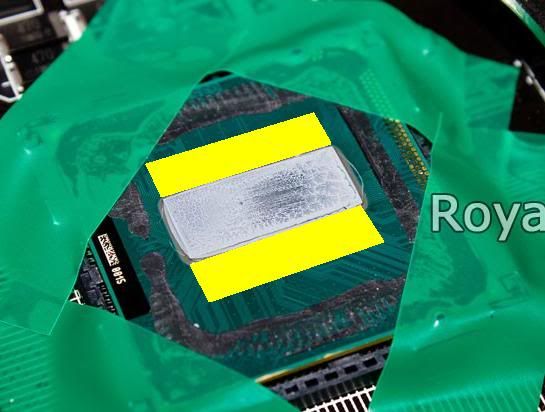Hagrid
[H]F Junkie
- Joined
- Nov 23, 2006
- Messages
- 9,163
If you have a good CPU watercooling setup you should definitely get the 3770K versus Sandy because the only limitation is Temperature.
Or high end cooling/all in one water setups.
Even with my SB OC, I wish I would of went with either of the high end units for better temps.....mine is at around 67 with all cores at max.
![[H]ard|Forum](/styles/hardforum/xenforo/logo_dark.png)
